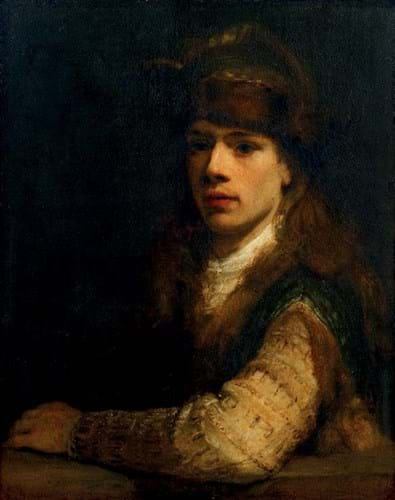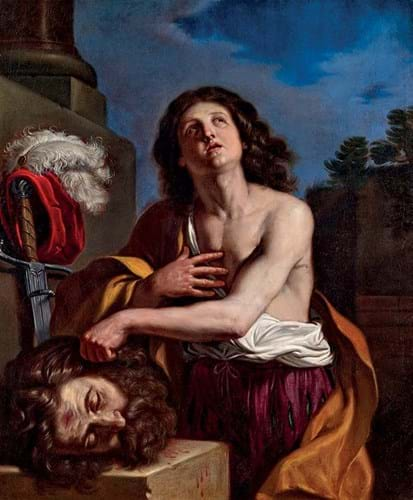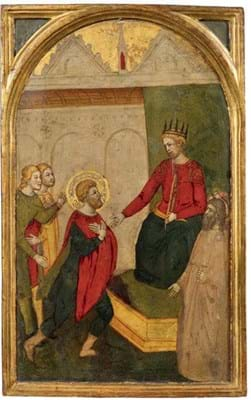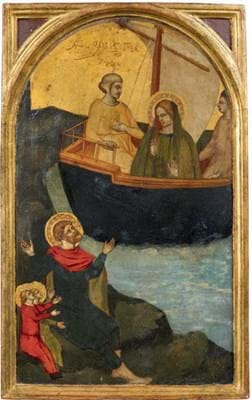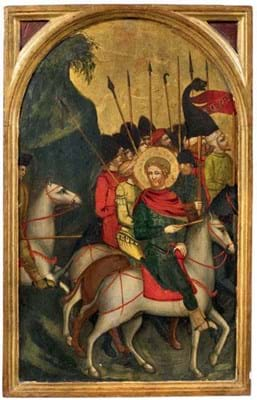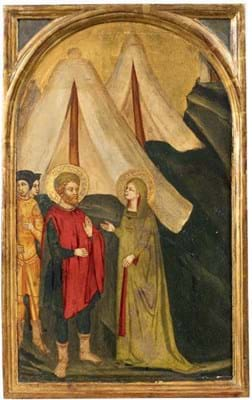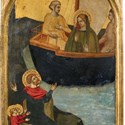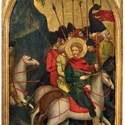Talented Rembrandt pupil
Arent de Gelder (1645-1727) was considered by many of his contemporaries to be the most talented of Rembrandt’s pupils. He spent two years working with his great master and was the last of his apprentices.
In that time, he absorbed Rembrandt’s artistic style, in particular the use of light and shadow, and stayed true to it throughout his career.
A fine example of his art was the 2ft 2in x 21in (67 x 54cm) canvas Young Man with a Fur Cap offered on November 14 in Cologne by Van Ham (29% buyer’s premium), pictured top.
The painting is well documented and, according to one source, can be dated to 1715-20. A publication of 1914 refers to an auction of 1770 in Amsterdam, but nothing further is known about its whereabouts until the present day, when it was part of a German collection.
The guide of €40,000-60,000 was soon surpassed and bidding went into six figures. When it reached €115,000 (£99,140), the painting was finally knocked down to a bidder from New York.
Completely different in origin and subject matter was another highlight of the Cologne sale: David with the Head of Goliath, a large format 3ft 10in x 3ft 3in (1.18 x 1m) canvas by Giovanni Francesco Barbieri, known as Il Guercino (1591-1666).
Many of his works are listed in his studio book that covers the years 1629-66 and includes not only the subject matter, but also the price and often the name of the purchaser. A painting with this subject is listed on October 12, 1650, commissioned by a certain Ludovico Fermi of Piacenza. For a long time, experts considered this painting to be the one sold by Christie’s in 1800 and by Sotheby’s in 1927. It has belonged to the Museum of Western Art in Tokyo since 1999.
The Van Ham painting, which only surfaced in 2011, is slightly smaller and has been the subject of intense discussion whether it is the original painting or Guercino’s preparatory work. Current expert opinion supports the theory that the Tokyo museum owns the preparatory version and the Cologne version is indeed the finished composition.
It was consigned by a Berlin collector and after a short tussle it was knocked down to another German collector for a mid-estimate €140,000 (£120,690).
Fishing expedition
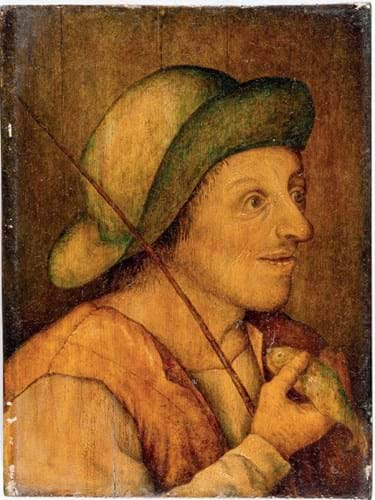
At Karl & Faber on November 8 this Portrait of an Angler, Holding a Small Fish, attributed to a follower of Pieter Brueghel the Younger sold for €60,000 (£51,725).
The biggest surprise at Karl & Faber (29.75% buyer’s premium) on November 8 emerged early in the auction, when this Portrait of an Angler, Holding a Small Fish, came up for sale.
The 10 x 7in (25 x 19cm) panel was attributed to a follower of Pieter Brueghel the Younger (1564-1638) and in the catalogue with a guide of €8000-10,000. It had been consigned by a private collector from Thuringia; further details to its provenance were not available.
Numerous participants took their chance and joined in the bidding until the hammer fell at an impressive €60,000 (£51,725).
Made to order
Star of the show at Lempertz (24% buyer’s premium) in Cologne on November 15 and thus far the highest Old Master price at a German auction this autumn was a 2ft 7in x 21in (80 x 54cm) panel by Peter Paul Rubens (1577-1640).
Saint Theresa of Avila was one of several paintings commissioned by the Catholic Order of the Discalced Carmelites. The order, which renounced the wearing of shoes, was founded in Spain according to rules suggested by the mystic St Teresa of Ávila (1515-82), who was beatified in 1614. Around this time, Rubens painted altarpieces in Brussels and Antwerp as well as numerous smaller devotional pieces.
The Lempertz painting, which for many years was known to scholars only in historic photographs, has only recently been definitively classified as an autograph work. In 1952 it came up for sale as Rubens at Christie’s in London as part of the Frank Sabin Collection. In 2013 it was sold at the same place as the work of the artist’s studio. From 2014-16 it was on loan to the Rubenshuis Museum in Antwerp. A closely related painting belongs to the Fitzwilliam Museum in Cambridge.
An unnamed museum attempted to buy the painting in Cologne, which had a guide of €250,000-350,000. Its commission bid of €250,000 was, however, trumped by a Russian collector who secured his prize for €260,000 (£224,140).
Four 14th century tempera panels, each 16 x 13in (40 x 32cm), with scenes from the life of St Eustace, were also in demand. Along with 12 other panels, they originally belonged to an altar in the Chiesa di Sant´Eustachio in Campo Giove in Abruzzo and were accordingly attributed to the Maestro of Campo Giove.
In 2014, art historians came closer to establishing the identity of the artist, who has been linked to the decoration of several religious sculptures, one of which, according to an 18th century inscription, once bore the signature Nicolo Olivieri della Pietranziera pinxit. This artist is known to have been active in the Abruzzo region in the late 14th century.
In 1902, the altarpiece was removed from the church under unknown circumstances. Since then, all but two panels have resurfaced on the market on different occasions. The four panels in Cologne (Eustace separated from his wife after arriving in Egypt, fleeing from the plague; Emperor Trajan giving Eustace control of his troops; Eustace leading the troops to war; Eustace rediscovers his wife in his camp) were sold in Berlin in 1931 as part of a German collection; they were next located in another German collection in the 1970s. Most recently they belonged to a European collector who consigned them to Lempertz.
On auction day, a Swiss collector saw off his international competitors by bidding an upper-estimate €160,000 (£137,930).


